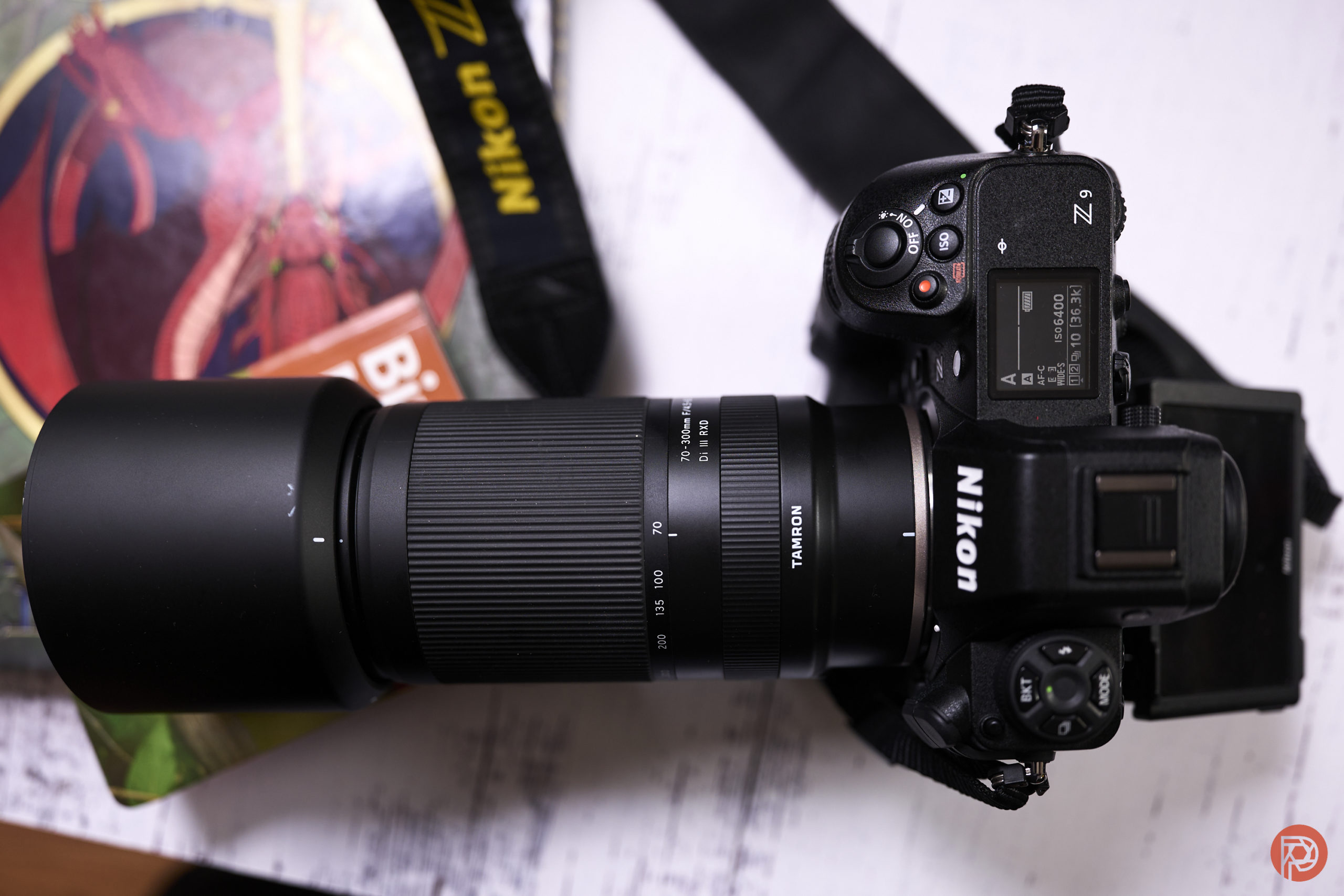
Check out our latest products
Spread the love
Nikon has finally unveiled its financial report for 2025. The company, unlike Canon, has been taking it slow this year, purely because they intend to work on the inventory they have so far. Like its contemporaries, Nikon has also marked a slight decline in overall revenue compared to last year, and there seem to be multiple reasons for it. However, the company hopes to achieve more profit in the near future. How so? Let’s dive in.
Overall Finances of Nikon as of March 31, 2025
Nikon has announced that the company had a total revenue of 715.2 billion yen, which is 4.8 billion yen lower than forecast due to “the weaker yen” and a rise in sales of “imaging products and health care.” The company states that while there was a demand for imaging products, there were “shortfalls” in the same. The operating profit was 2.4 billion yen, yet this is really low, as there is a 16.6 billion yen loss compared to the previous forecast.
Imagining Business Stands Tall

In addition, the company saw a 295.3 billion yen profit in the imaging business, with a year-on-year increase of 5.6 billion yen. The growth was driven by the “increased sales volumes of mirrorless cameras and interchangeable lenses” due to products such as the Nikon Z6 III and Z50 II. The company reported that the operating profit saw a hit by 5.2 billion yen to 41.3 billion yen, due to the purchase of RED and Mark Roberts Motion Control (MRMC). The latter two are one time costs.

In addition, the company saw a rise in the interchangeable lens market, which continued to expand, especially in China. As for numbers, Nikon sold approximately 850,000 units of mirrorless cameras and 1.31 million units of interchangeable lenses in this fiscal year.
Future Plans

For the next term, Nikon hopes to maintain the review of 295.0 billion yen, while its operating profit forecast is of 40 billion yen. The company will grow its market share by introducing more units of models such as the Z5 II and the Z50 II — acording to this strategy. Nikon aims to now sell about approximately 950,000 units of mirrorless cameras and 1.4 million units of interchangeable lenses by 2026.

To achieve all this, the company will invest in research and development of imaging technology, with the department’s expenditures going to be the same as 70 billion yen as before. However, now, Nikon will engineer more advanced lenses, image processors, and a better user interface to meet the demands of customers. At the same time, the company has not factored in tariffs at the moment, but could face about 10 billion yen loss on operating profit.
Edit: America and China announced a new 90-day reduction in tariffs on April 12. The US has a 30% tariff on Chinese goods, which was initially 145%, while China will tax the U.S.-imported goods at 10%, from 125% as previously announced. The development was announced following Nikon’s annual report.
Moreover, Nikon knows that the imaging market will grow. As a result, they are targeting new users, especially those in the mid-high-end camera market. The company will increase sales from 3.0 million to 4.5+ million units per year. In addition, they want to increase the number of lenses for mirrorless cameras in 2025 to over 50. Further, they hope to use the Z9’s features to enhance “customer experience across a broad range of fans, from professionals to beginners, and expand the mirrorless camera lens lineup to about 45 lenses.”
Nikon, like other companies, is aware that the high-end camera market is the go-to answer. Thus, they aim to get as many users to pivot as they can. Since they have cameras like the Z9, Z6 III, and more, they will continue to build on that to get more users. However, they lack optics, and many users have to rely on third-party manufacturers for the same. So, if they have that covered, they may have a better chance of developing.

![[2025 Upgraded] Retractable Car Charger, SUPERONE 69W Car Phone Charger with Cables Fast Charging, Gifts for Men Women Car Accessories for iPhone 16 15 14 13 12, Samsung, Black](https://i1.wp.com/m.media-amazon.com/images/I/61SaegZpsSL._AC_SL1500_.jpg?w=300&resize=300,300&ssl=1)



![[True Military-Grade] Car Phone Holder【2024 Stronger Suction & Clip】 Universal Cell Phone Holder for Car Mount for Dashboard Windshield Air Vent Long Arm Cell Phone Car Mount Thick Case,Black](https://i2.wp.com/m.media-amazon.com/images/I/715PBCuJezL._AC_SL1500_.jpg?w=300&resize=300,300&ssl=1)
![[エレコム] スマホショルダー ショルダーストラップ 肩掛け ストラップホールシート付属 丸紐 8mm P-STSDH2R08](https://i3.wp.com/m.media-amazon.com/images/I/51BMFf06pxL._AC_SL1500_.jpg?w=300&resize=300,300&ssl=1)







